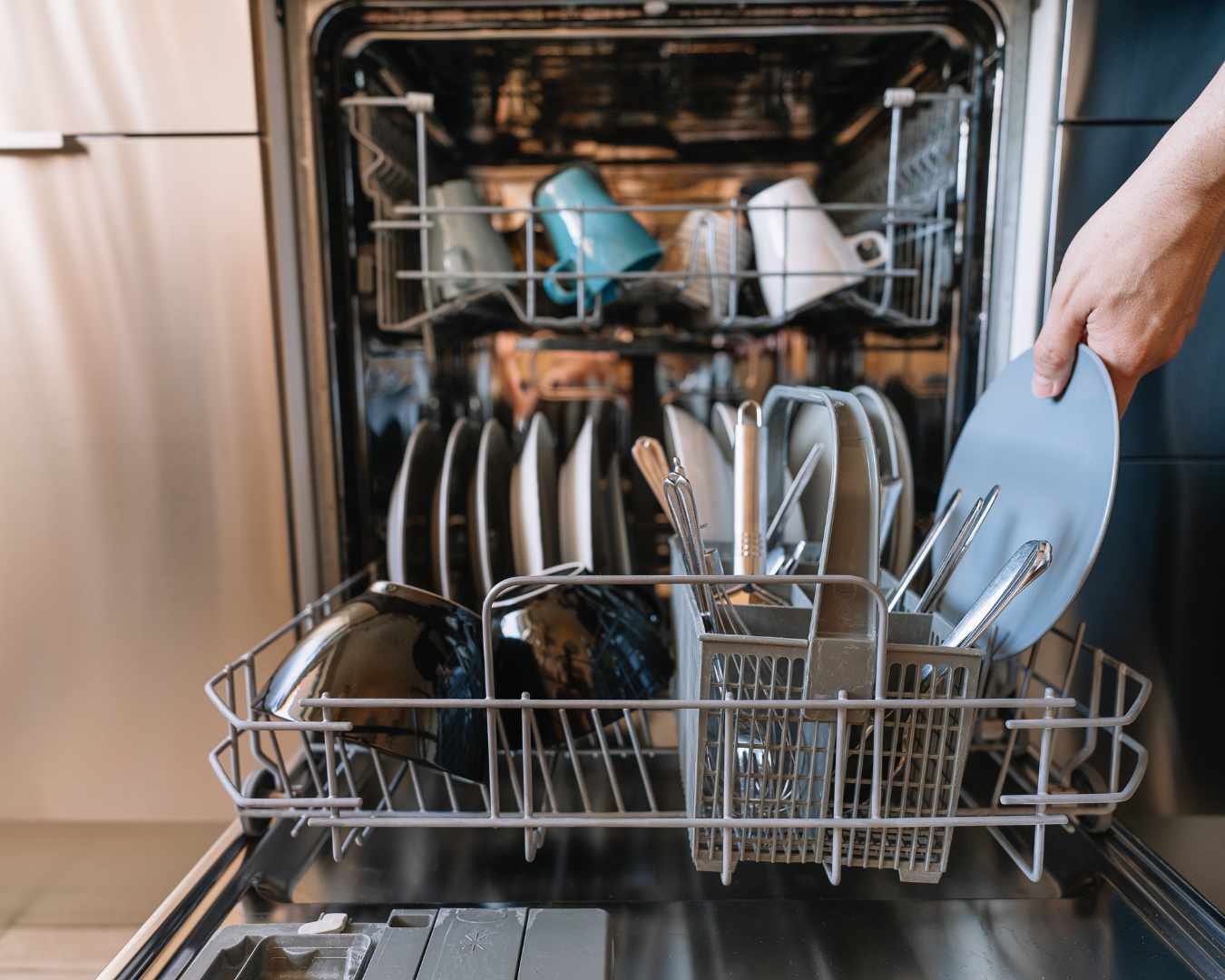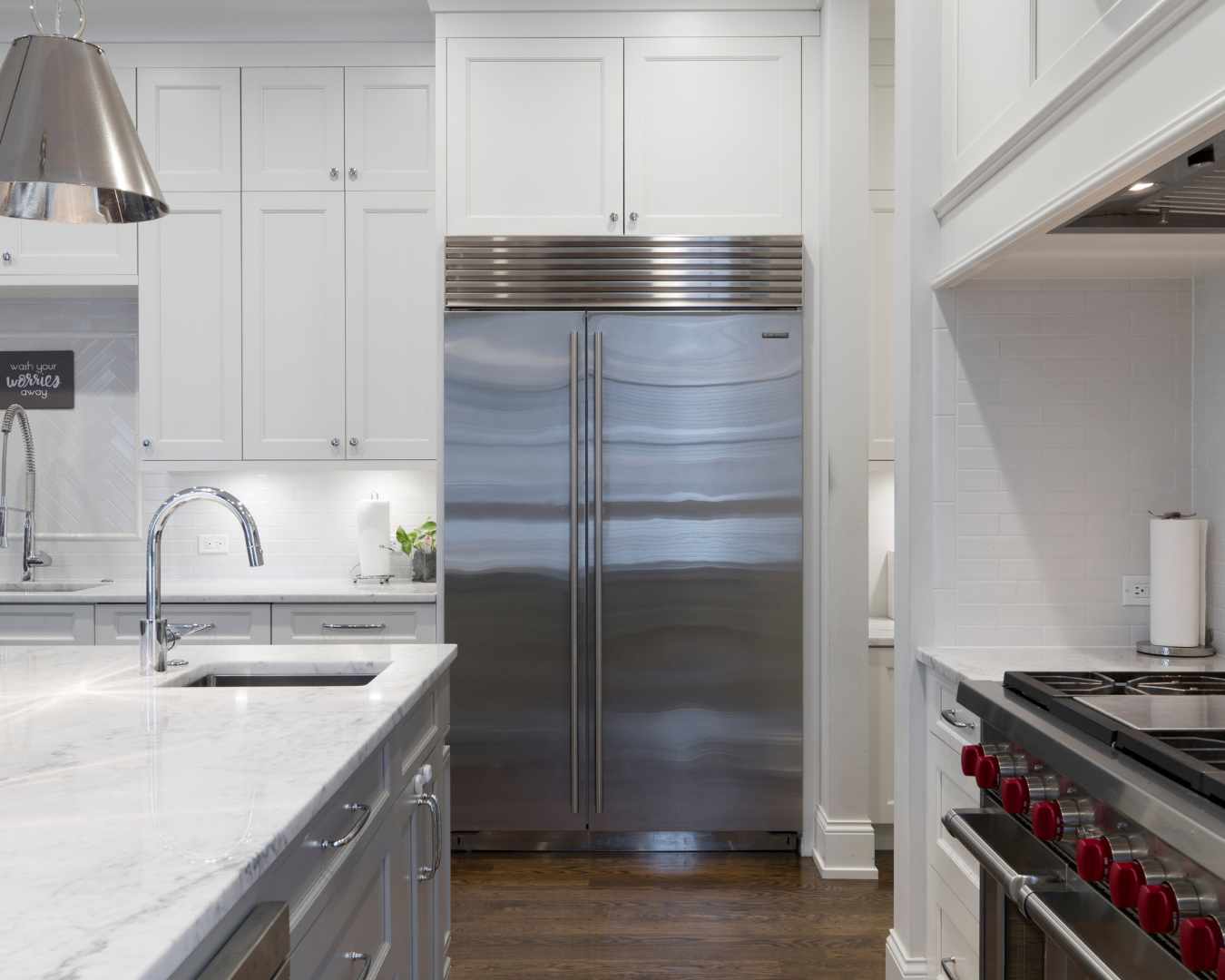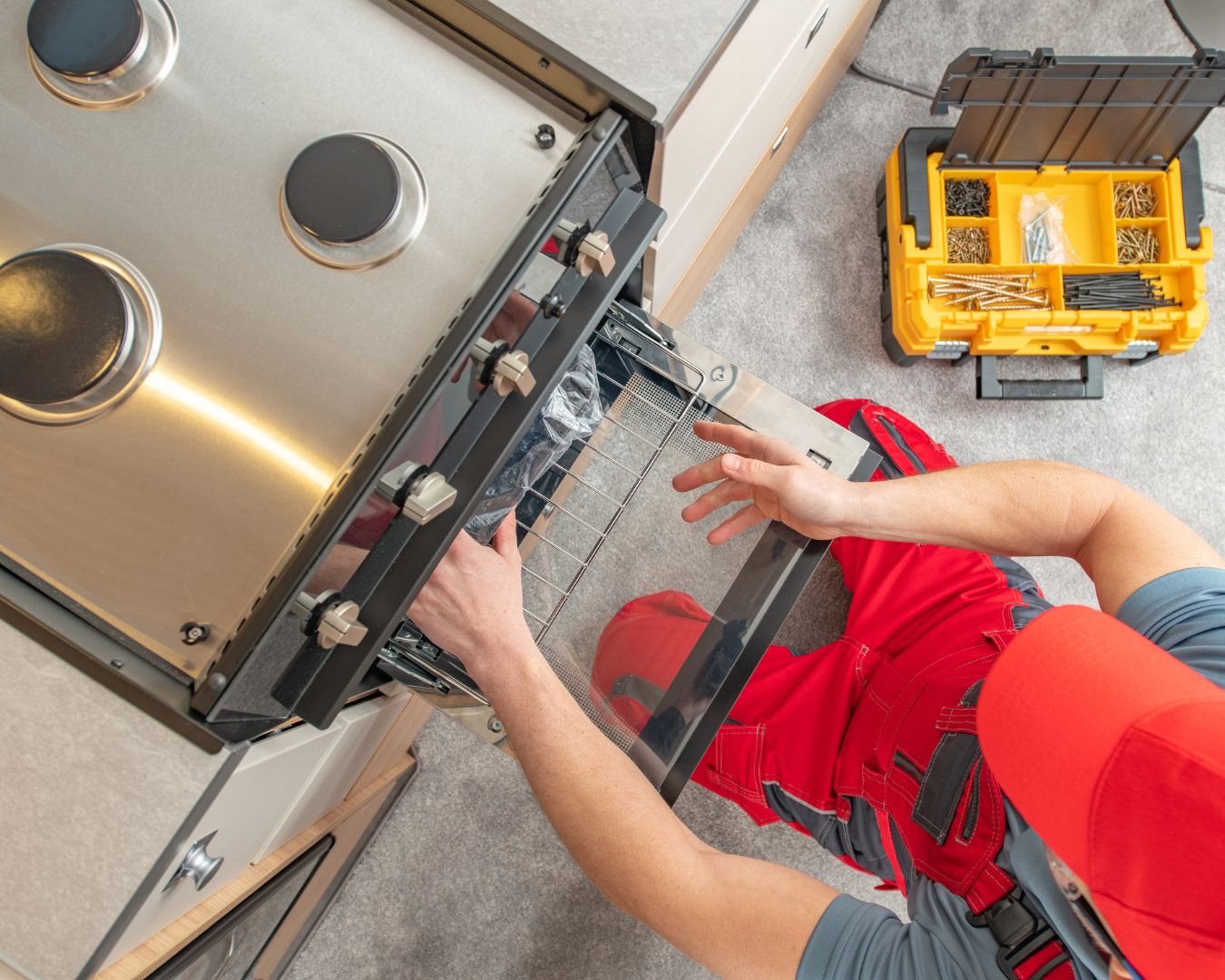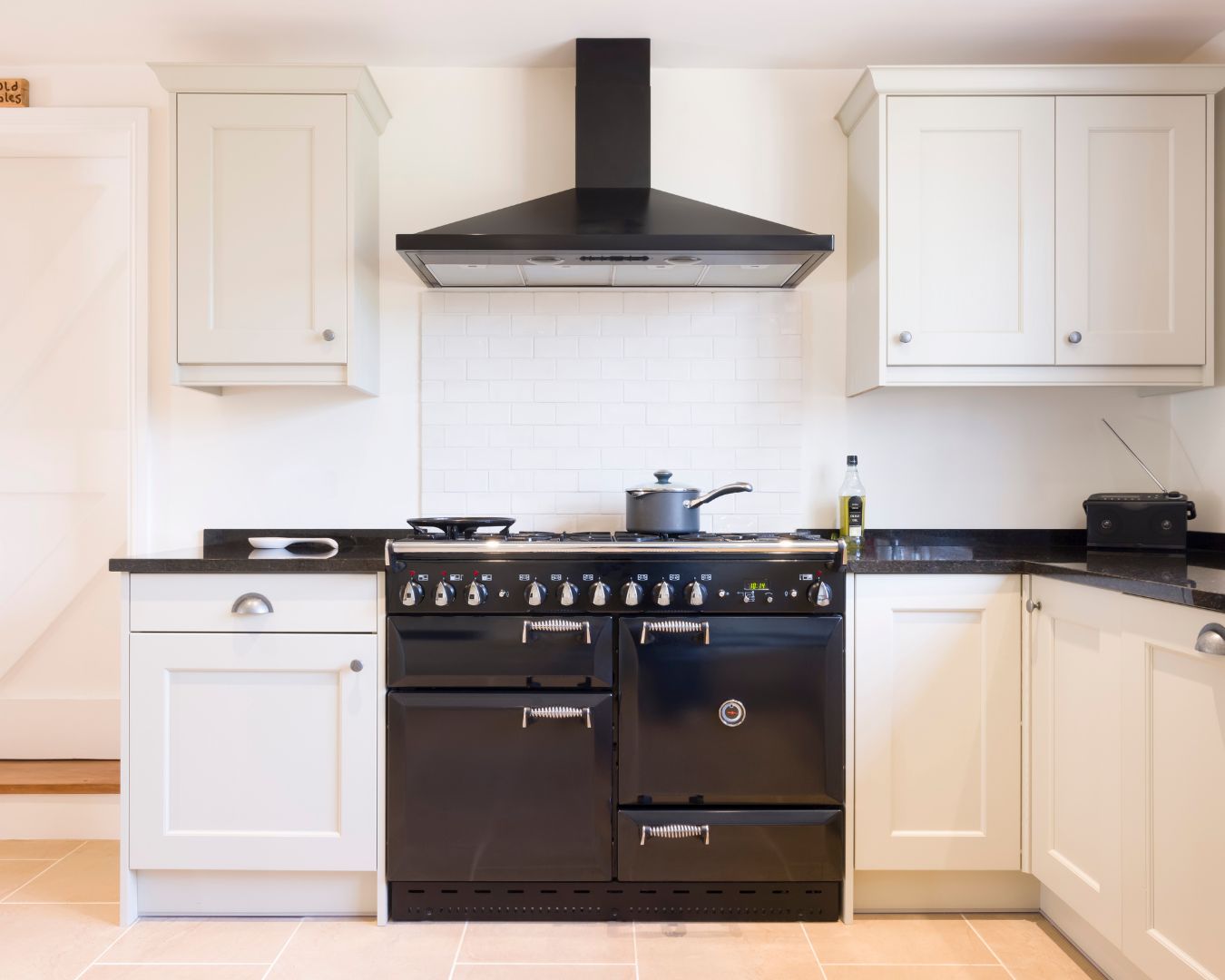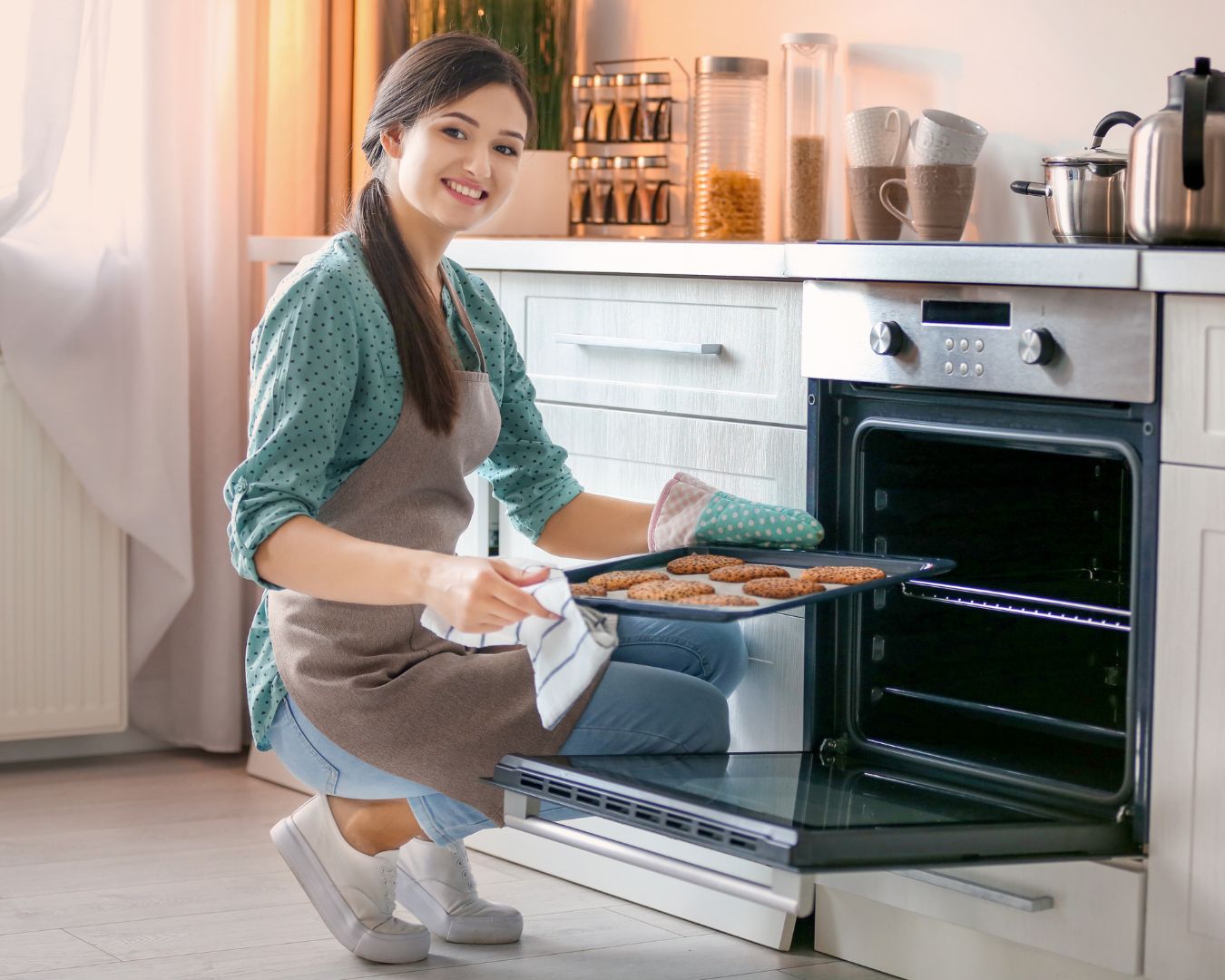Air Fryer Baking Tips: Making Delicious Desserts
Air fryers are not just for crispy fries and savory snacks—they can also be a fantastic tool for baking delicious desserts. With their quick cooking times and even heat distribution, air fryers can help you whip up sweet treats that are just as delectable as those baked in a traditional oven. Here are some top tips for baking desserts in your air fryer: Adjust Recipes for the Air Fryer Air fryers typically cook faster than conventional ovens due to their high-speed air circulation. When adapting recipes for the air fryer, reduce the cooking time and temperature. Start by decreasing the recipe temperature by 25°F (15°C) and check for doneness earlier than the recipe suggests. Preheat Your Air Fryer Just like with a conventional oven, preheating your air fryer helps ensure even cooking. Set the air fryer to the desired temperature for a few minutes before placing your dessert inside. This step helps achieve a consistent texture and color. Use the Right Bakeware Select bakeware that fits comfortably in your air fryer basket. Options like silicone molds, small cake pans, and even parchment paper can work well. Ensure the bakeware allows for proper air circulation around the dessert, which is crucial for even baking. Monitor the Baking Process Since air fryers can cook quickly, it’s important to keep an eye on your dessert as it bakes. Check for doneness frequently to prevent over-baking. Use a toothpick or cake tester to ensure that the center of your baked goods is fully cooked. Avoid Overcrowding For optimal results, avoid overcrowding the air fryer basket. Give your dessert enough space to allow the hot air to circulate around it. This ensures even baking and a perfectly golden finish. Experiment with Temperature and Time Baking in an air fryer often requires a bit of trial and error. Start with recommended times and temperatures, then adjust as needed based on your specific air fryer model and personal preferences. Every air fryer is different, so don’t be afraid to experiment. Cool and Serve After baking, let your desserts cool in the air fryer basket for a few minutes before transferring them to a wire rack. This helps them set and makes them easier to handle. Serve your air fryer-baked treats fresh for the best flavor and texture. Delicious Air Fryer Dessert Ideas By following these tips, you can explore the world of air fryer baking and create delectable desserts with ease. Enjoy experimenting and discovering how this versatile appliance can transform your sweet treat game!


